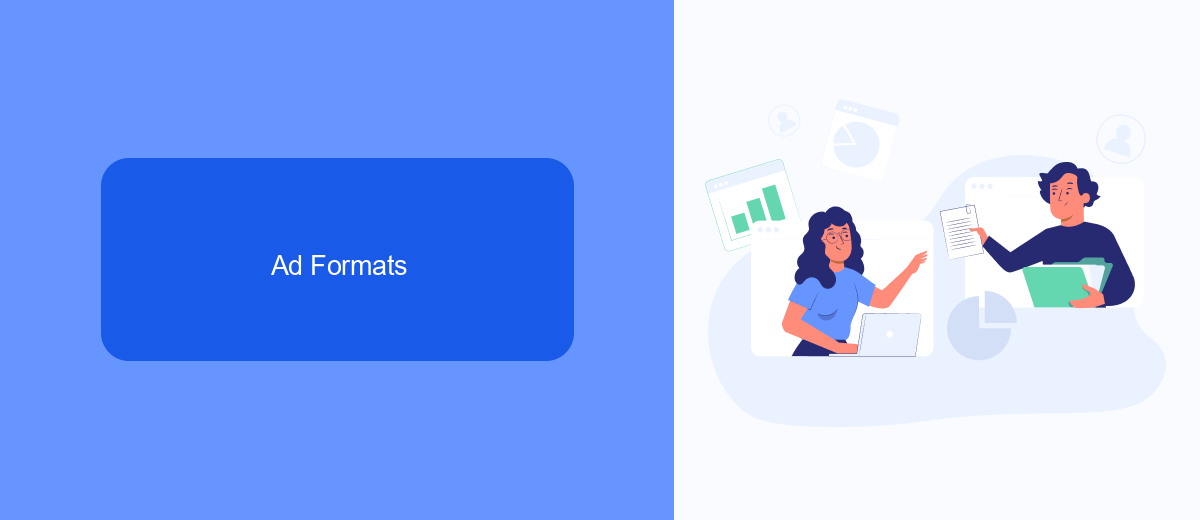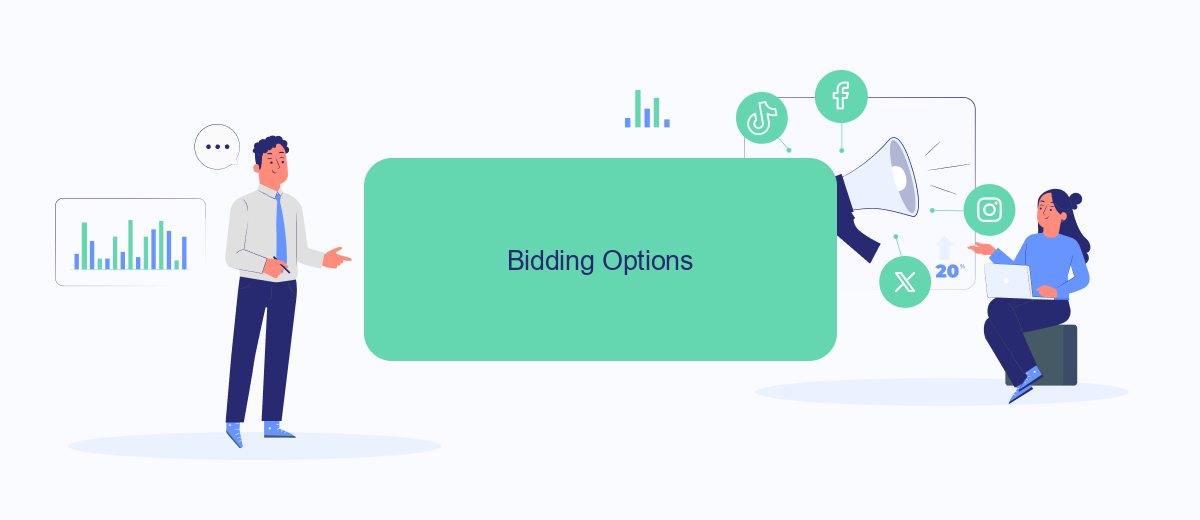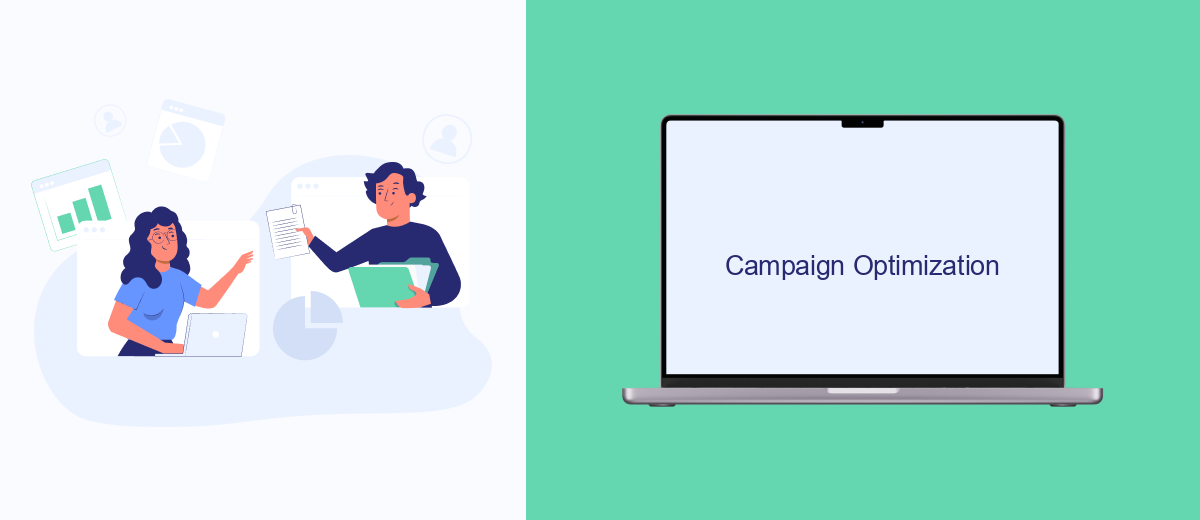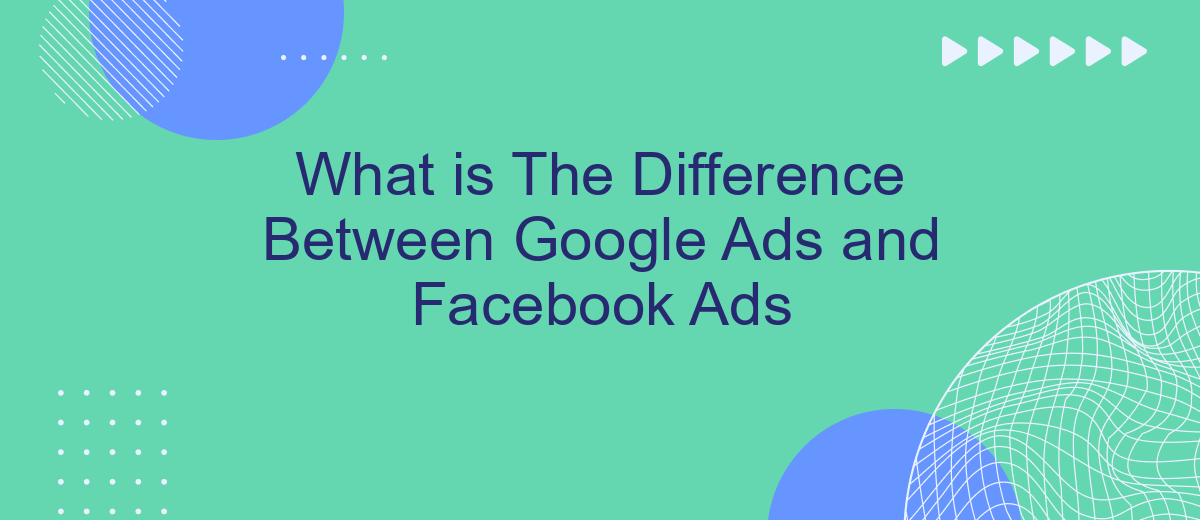When it comes to online advertising, businesses often find themselves choosing between Google Ads and Facebook Ads. Both platforms offer unique benefits and cater to different marketing needs. Understanding the key differences between Google Ads and Facebook Ads can help you make an informed decision on which platform is best suited for your advertising goals. Let's explore these differences in detail.
Target Audience
When it comes to digital advertising, understanding your target audience is crucial for maximizing the effectiveness of your campaigns. Both Google Ads and Facebook Ads offer robust targeting options, but they cater to different types of audiences and marketing objectives.
- Google Ads: Ideal for reaching users who are actively searching for specific products or services. It targets based on keywords, search intent, and geographical location.
- Facebook Ads: Perfect for reaching users based on their interests, behaviors, and demographics. It leverages user data to create highly personalized ad experiences.
For businesses looking to streamline their ad campaigns and integrate data across platforms, services like SaveMyLeads can be invaluable. SaveMyLeads simplifies the process of connecting Google Ads and Facebook Ads with your CRM, ensuring that you can easily manage and optimize your marketing efforts. By understanding the unique strengths of each platform and leveraging integration tools, you can create a more effective and cohesive advertising strategy.
Ad Formats

When it comes to ad formats, Google Ads and Facebook Ads offer a variety of options to suit different marketing goals. Google Ads primarily focuses on search and display ads. Search ads appear at the top of Google search results, making them highly effective for capturing intent-driven traffic. Display ads, on the other hand, are shown across the Google Display Network, which includes millions of websites, reaching a broad audience through visually engaging banners and images.
Facebook Ads, however, excel in social media advertising with formats like image, video, carousel, and slideshow ads. These formats are designed to engage users within their social feeds, stories, and even within Facebook Messenger. Additionally, Facebook's advanced targeting options allow advertisers to reach specific demographics and interests. To streamline ad management and integration, services like SaveMyLeads can automate data transfer between Facebook Ads and CRM systems, ensuring seamless lead capture and follow-up processes.
Bidding Options

When it comes to bidding options, both Google Ads and Facebook Ads offer various strategies to optimize your ad spend. These options allow advertisers to control their budget and maximize their return on investment.
- Google Ads Bidding Options: Google Ads provides several bidding strategies including Cost-Per-Click (CPC), Cost-Per-Thousand Impressions (CPM), and Cost-Per-Acquisition (CPA). Advanced options like Target ROAS (Return on Ad Spend) and Enhanced CPC are also available to fine-tune your campaigns.
- Facebook Ads Bidding Options: Facebook Ads offers similar bidding strategies such as CPC, CPM, and CPA. Additionally, Facebook provides options like Cost-Per-View (CPV) for video ads and Cost-Per-Lead (CPL) for lead generation campaigns.
To effectively manage and optimize these bidding options, integrating your advertising platforms with automation tools like SaveMyLeads can be highly beneficial. SaveMyLeads helps streamline your ad campaigns by automatically transferring lead data between Google Ads, Facebook Ads, and your CRM or email marketing software, ensuring you make the most of your advertising budget.
Campaign Optimization

Campaign optimization is crucial for maximizing the effectiveness of your advertising efforts on both Google Ads and Facebook Ads. Each platform has its unique set of tools and strategies to help you fine-tune your campaigns for better performance. Understanding these differences can help you allocate your resources more efficiently and achieve your marketing goals.
Google Ads offers robust keyword targeting and bidding strategies, allowing you to reach users based on their search intent. Facebook Ads, on the other hand, excels in audience targeting through detailed demographic, interest, and behavior data. Both platforms provide analytics and reporting tools to track your campaign performance and make data-driven decisions.
- Use keyword optimization for Google Ads to capture high-intent searches.
- Leverage Facebook's audience insights to create highly targeted ad sets.
- Utilize A/B testing on both platforms to identify the most effective ad creatives.
- Integrate SaveMyLeads to streamline data flow and improve lead management.
By focusing on these optimization strategies, you can enhance the performance of your campaigns on both Google Ads and Facebook Ads. Integrating tools like SaveMyLeads can further simplify the process, allowing you to automate lead management and focus on refining your advertising efforts.
Pricing
When it comes to pricing, Google Ads and Facebook Ads operate on a pay-per-click (PPC) model, but their costs and bidding strategies can vary significantly. Google Ads generally have a higher cost-per-click (CPC) due to the competitive nature of search keywords. Advertisers bid on specific keywords, and the price is influenced by the keyword's popularity and the quality score of the ad. This means that businesses might need to allocate a larger budget to achieve significant results on Google Ads.
On the other hand, Facebook Ads typically have a lower CPC, making them more accessible for small to medium-sized businesses. Facebook's pricing is influenced by factors such as audience targeting, ad placement, and the relevance score of the ad. Additionally, services like SaveMyLeads can help streamline the integration process between your ads and CRM systems, ensuring that your marketing budget is used efficiently. By automating lead data transfer, SaveMyLeads allows you to focus on optimizing your ad campaigns and achieving better ROI.
- Automate the work with leads from the Facebook advertising account
- Empower with integrations and instant transfer of leads
- Don't spend money on developers or integrators
- Save time by automating routine tasks
FAQ
What are the primary differences between Google Ads and Facebook Ads?
Which platform is better for brand awareness campaigns?
Can I use both Google Ads and Facebook Ads simultaneously?
How can I automate and integrate my Google Ads and Facebook Ads campaigns?
Which platform is more cost-effective for small businesses?
Use the SaveMyLeads service to improve the speed and quality of your Facebook lead processing. You do not need to regularly check the advertising account and download the CSV file. Get leads quickly and in a convenient format. Using the SML online connector, you can set up automatic transfer of leads from Facebook to various services: CRM systems, instant messengers, task managers, email services, etc. Automate the data transfer process, save time and improve customer service.

